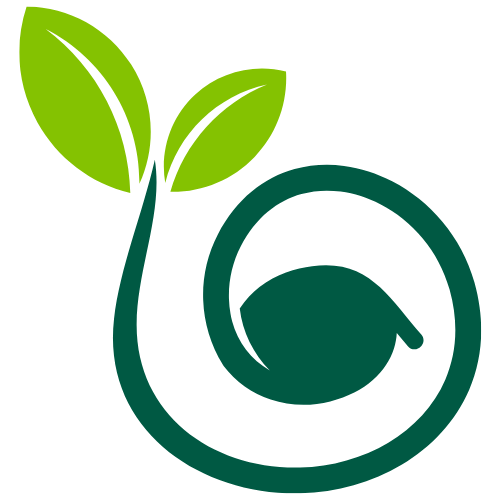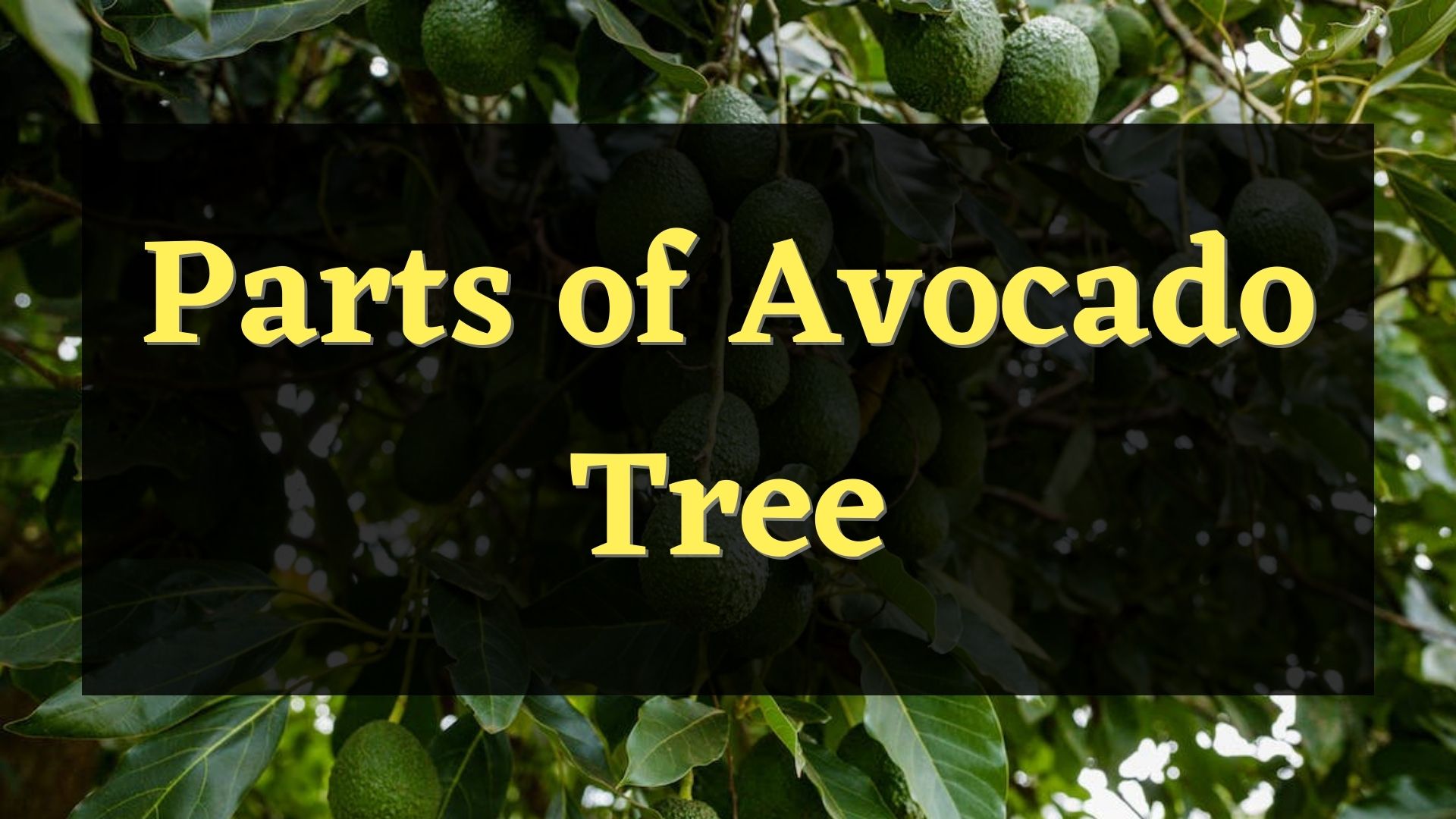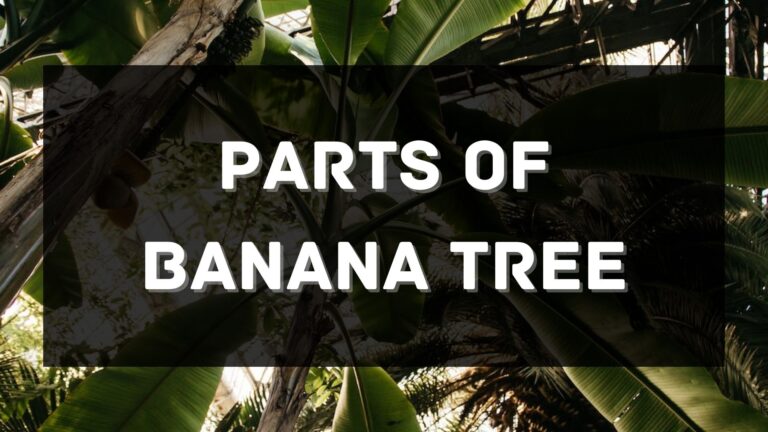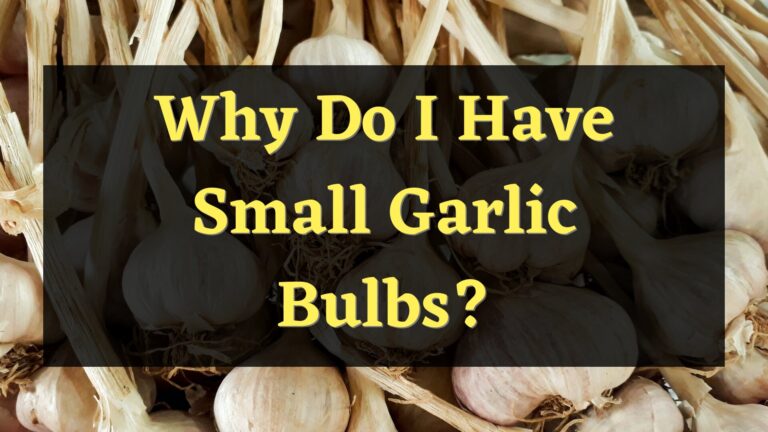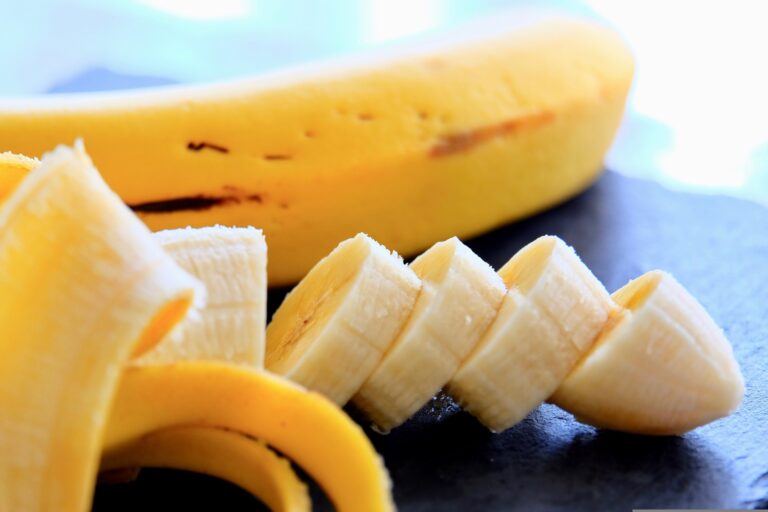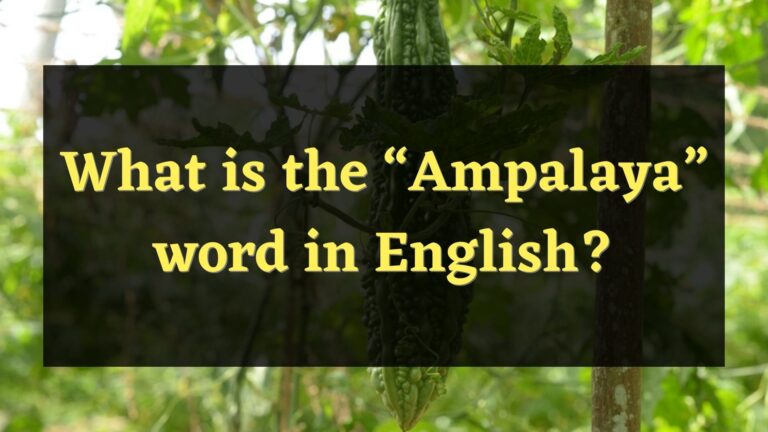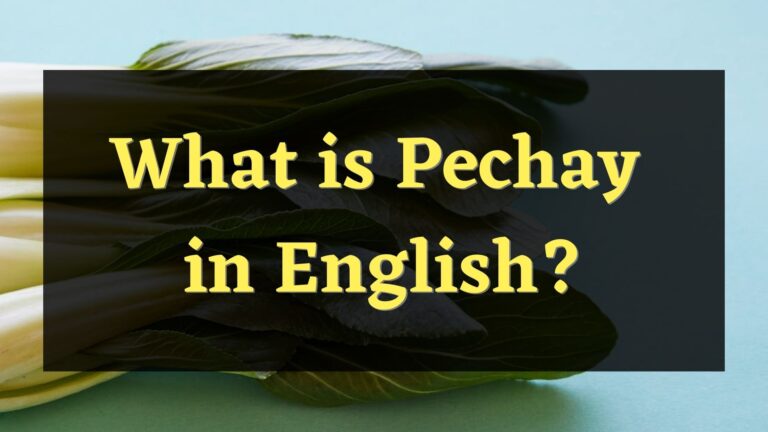Are you looking for the parts of an avocado tree? Well, you are in the right place! Because, in this blog post, we will discuss it as well as the important functions of each part of this tree.
About Avocado
Do you know that Avocado comes in different varieties? Each variety is determined by its fruit. Avocado or Persea Americana, also known as alligator pear is eatable fruit. It is commonly planted and grown in warm subtropical climates. Avocado can grow tall with its sturdy trunk and branches and its fruits appear in greenish or yellowish flesh which has a nutty flavor. The fruit is remarkably different in size. Its form diverges from a pear-shaped with a long slender neck, or round, and its color transforms from green to dark purple when the fruit is ripened. The tree itself is yellowish brown. Moreover, this plant can grow 30 to 80 feet tall.
What are the parts of the Avocado tree?
Seeds
It is a spherical shape seed encased in a hard shell. It is at least 13-18% of the size of the whole fruit. Is it edible? Avocado seeds are converted into a flour-like powder and are used as a tea or mixed in beverages. According to some research, the seed is a rich source of phytochemicals and may have antioxidant properties. Avocado seeds contain different bioactive compounds, and their extracts are consumed for delaying oil oxidation. The seed of an avocado is the only part of the tree that sprouts and eventually grow to become a tree.
Roots
There are two types of roots in an avocado tree: roots that grow vertically and roots that spread horizontally. Vertical roots access deep waters while horizontal roots grow to gain nutrients in the topsoil. Avocado trees’ roots can grow up to 25 feet long. It is responsible for collecting essential supplies of nutrients, water, and oxygen from the surrounding environment.
Leaves
Do you know that plants like avocados are not only giving food through their fruit? Its leaves are also beneficial. Avocado leaves measure from small to medium in size, and their shape is elongated or elliptical, with 4-10 centimeters in width and 10-30 centimeters in its length. Its surface is dark green in color and leathery or fibrous in texture. The bottom of the leaf is dull and light green to brownish. According to some studies, Avocado leaves are high in quercetin, and rich in minerals like zinc, an immune-boosting mineral, calcium, magnesium, and potassium. Its leaves can be converted into a tea which when consumed can stimulate a healthy heart by improving the circulation of blood, thus lowering blood pressure, and reducing hypertension.`s
Trunk
avocado can grow with a trunk that is 30-60 cm in diameter. They usually stand erect, with a sturdy branch. The trunk is covered by a brownish-colored bark that succumbs to the body of the tree. Though this part is not edible (bark), this too has its benefit. The seed, leaves, and bark of the avocado tree are used as medicine for dysentery and diarrhea. With a series process, it is also utilized to relieve toothache and gum problems.
Branches
The avocado tree has multiple branches that yield affluent leaves that makeup photosynthesis to bear its fruit. Its branches are firm which enables it to hold its fruit. This kind of tree won’t survive without its branches. The function of this part of the tree is so important to its growth. The branch is responsible for creating and transporting sufficient nutrients needed by the plant to produce its fruit and survive in its existence.
Flowers
Though Avocado trees can produce heaps of blossoms, compare to the other fruit trees, only a small percentage of blossoms become pollinated and can yield and produce a fruit good for harvest. During its flowering season, the tree is covered with unnumbered clusters of small, yellow blossoms is appearing.
Fruit
In the botanical term, avocado, a single-seeded fruit, belongs to a berry. Its color is green and turns purple when ripen. It is hard when it is yet young and becomes soft when it is ripe. According to research, a whole medium avocado comprises the following nutrients that will benefit the body: calories, carbohydrates, protein, fat, fiber, and sodium. The avocado flesh is light green in color with a nutty flavor and soft and slimy texture.
FAQs
Which part of avocado do we eat?
The avocado is a fruit-bearing tree, which has edible fruit. The fruit is the part, that when ripened can be eaten or consumed fresh or uncooked. The seed and leaves of this tree though are not eaten fresh, they can be altered to become tea and can be used in medicine to come diseases.
Can you eat all parts of an avocado?
No, you cannot eat all parts of the avocado. The seed, the leaves, and the fruit are the only parts that can be consumed and become food or medicine. But, not all parts of the tree can be eaten.
What are the strings inside avocados?
“Strings” or “threadlike” strands appearing in the flesh of avocado are actually fiber or vascular bundles of the fruit. It appears in the fruit depending on the variety of avocados. There is a 50% chance that you can find these fibrous little strings when slicing them into half.
But why does this little string appears in an avocado? There are reasons why this string appears along with the flesh of avocado fruit. First, the reason is the variety or genus of avocado, secondly, the age of the tree while bearing its fruit and finally the maturity of the fruit or avocados picked earlier before it ripens are more likely stringier.
Conclusion
Trees give life to the ecosystem. It is a refuge and shelter for every bird and other animals. It produces food not only for the animals around it but also for humans. It is also a source of medicine that can cure diseases and a source of food that can promote the better health of an individual. The avocado tree, is one, among the several trees that gives a lot of benefits. It exists with its unique attributes and great contribution to the ecosystem, the market, human health Medicine, constructions, etc… Avocado, is not only a tree but it is more than its fruit because it does not only yield edible fruit but produces various benefits for people and other living creatures.
Meet Tomas Clayton, a seasoned plant gardener who has been passionate about horticulture since he was a child. Tomas John developed a love for the natural world and a strong appreciation for the beauty of plants while growing up on a farm.
